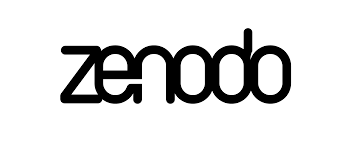Level of Geometric Thinking Using Van Hiele Test Among Grade 10 Students and their Conceptual Understanding
DOI:
https://doi.org/10.5281/zenodo.16789088Keywords:
Geometry, Geometric Thinking, Conceptual Understanding, Assessment, Van Hiele Geometry TestAbstract
Geometry is more that just shapes- it is a powerful tool that helps students connect abstract mathematical concepts to physical world, enhancing their reasoning, creativity, and readiness for future careers. At the secondary level, students are expected to demonstrate a deeper understanding of geometric concepts and relationship. And it is important to assess whether students are developing appropriately in their geometric thinking and conceptual understanding. This study was focused on assessing the geometric thinking based on frameworks such as the van Hiele model and conceptual understanding of geometry among Grade 10 students of private schools within Mindanao State University-Main Campus. A correlational research design was applied. The Van Hiele Geometry Test was first administered to determine the geometric thinking level of the students, while the Conceptual Understanding Test also was administered to determine the performance of the students in geometry conceptually. Then, the two variables were correlated to identify whether the geometric thinking level and conceptual understanding of the students have a significant relationship.The result of the assessment based on the Van Hiele model of geometric thinking reveal that majority of the students (75.1%) are at Levels 3 to 5, showing advanced geometric thinking skills. And only a small group (24.7%) remains at the lower levels (1 and 2). The study also revealed that there is a significant relationship between the geometric thinking level and the conceptual understanding of the students. It illustrate that the knowledge of the participants based on geometric thinking coincides with their conceptual understanding. Hence, the researchers recommended that further studies should be implemented to identify the geometric thinking level and conceptual understanding of the students in other ways such as actual solving, through interviews, and other intervention.
Downloads
Published
Issue
Section
License
Copyright (c) 2025 Aloysian Interdisciplinary Journal of Social Sciences, Education, and Allied Fields

This work is licensed under a Creative Commons Attribution-NonCommercial 4.0 International License.





